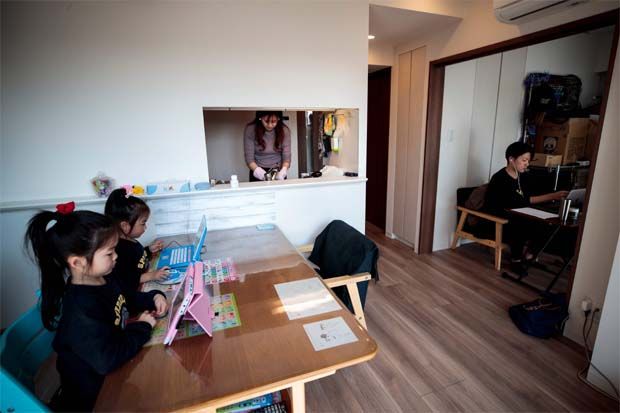If a meeting does not make sense, can you call it into question to save time for something else? — Photo: Zacharie Scheurer/dpa-tmn/dpa
Spending the whole day in meetings that distract you from your actual work can be a major source of stress and frustration.
However, many companies find it difficult to move away from a meeting culture that has developed over the years.
"This is the way we've always done it," people often say. How do teams get out of this trap?
"There is no magic formula, unfortunately, for how to change a bad meeting culture or routine," says Teresa Stockmeyer, a trainer and consultant for team development.
There are, however, lots of small adjustments that can be made - provided that at least some of the people taking part in the meetings want to.
If a team decides they want to break out of existing meeting structures, there are various steps that can be taken, Stockmeyer says.
Structure your meetings
This includes setting and sharing the goal and agenda of the meeting beforehand. The number of participants should be limited and there should be a moderator that leads the meeting.
Ideally, the moderator should also make sure the meeting doesn't go over the given time. It may also be a good idea to take notes. "This means everyone gets the information, even if they don't attend," says Stockmeyer.
Be proactive
If you're frustrated with unnecessary meetings, have the courage to tackle the issue. Stockmeyer's advice is to not simply put up with meetings that feel unproductive and pointless.
It's better to question a meeting and get feedback from your team members to see if they feel the same way.
Being proactive also involves asking before a meeting what input or expertise is expected. A team can work together to visualise what purpose a meeting currently serves and agree on whether this purpose will or should continue to be served by having a meeting.
Get regular feedback
Stockmeyer advises carrying out a quick evaluation after each meeting, which will help you find out what is working well and where there is room for improvement.
The 'kill all meetings' experiment
If you want to go for a more radical approach, you could try the "kill all meetings" experiment for one to two weeks.
Stockmeyer advises "ruthlessly clearing" your calendar and, if necessary, the team calendar. This allows you to quickly see where there is a lack of communication, and where it is not needed.
Another way of reducing unnecessary meetings is to ask yourself some questions: "Which meetings or summaries would I need if I was coming back from a three-week holiday?" or "Which meetings or summaries could I do without if I was away for three weeks and I would still be able to carry out my tasks upon returning?"
Wrong goals: Why we keep having pointless meetings
However, there are a number of reasons why we hold on to unnecessary meetings. According to Stockmeyer, this often has to do with the veiled, sometimes unconscious goals of meetings.
For example, meetings may secretly serve the purpose of social interaction or self-promotion or presenting one's status instead of discussing business matters.
Teams may stick to meetings for no real reason, because they are thought to bring structure to the working day and strengthen a sense of belonging and motivation.
However, the opposite often turns out to be the case. Instead of structuring the working day, it is fragmented by constant meetings - "especially if meetings are poorly timed or are held too frequently," Stockmeyer says.
And instead of fostering team spirit, employees can feel like they have to be in meetings all the time. Especially when people who have little to contribute are invited - just to meet the need of "including everyone in meetings, and not excluding anyone." – dpa









